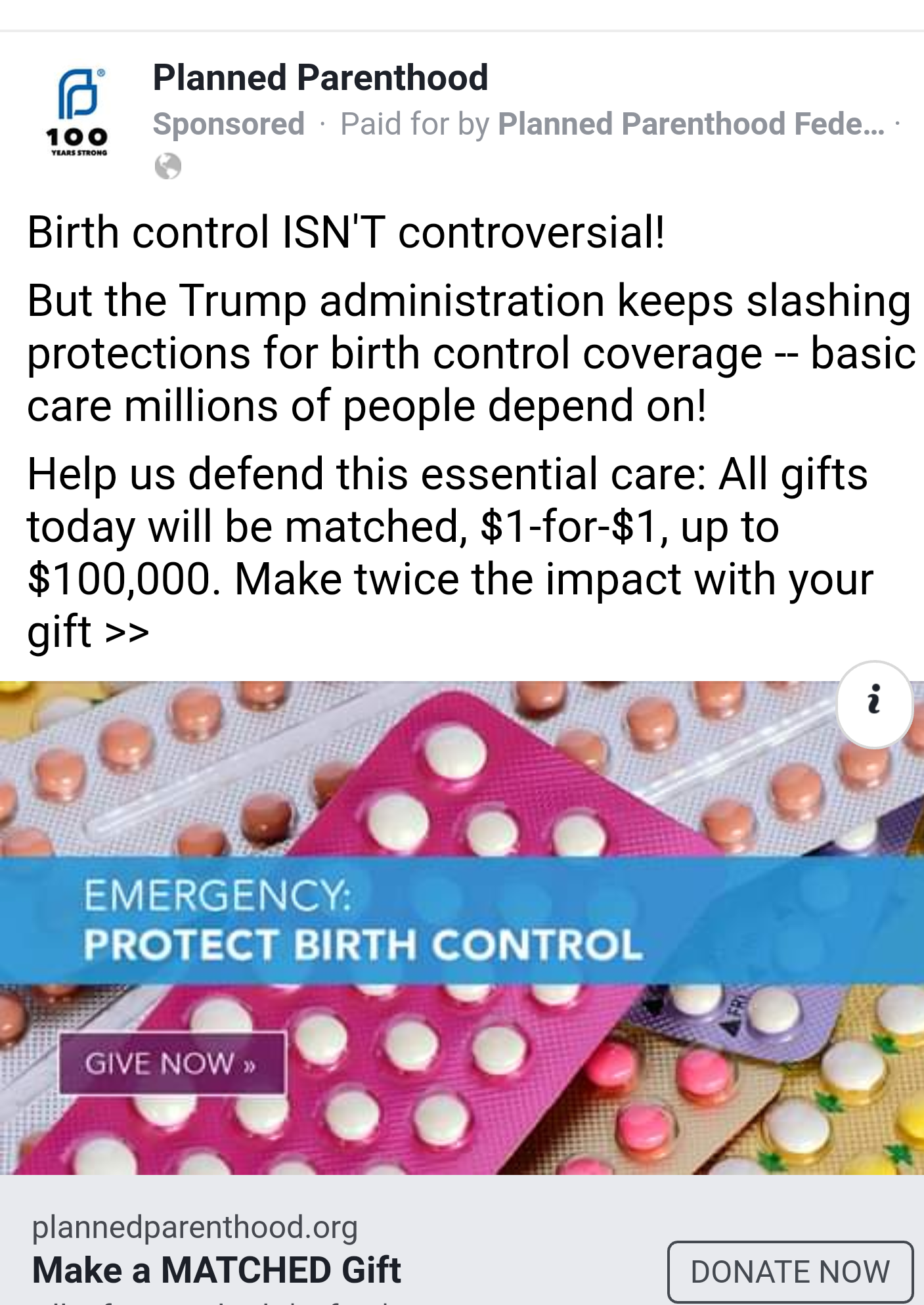October 2018 – Tourism is frustrating because it’s inevitably superficial. Clarification: I’m not here to bash tourists. I too am openly, obviously a tourist in Ireland. I’d like to be pure pilgrim, with all the significance that word carries, or a scholar, a writer, or some other more respectable voyager. Alas! The reality is undeniable. A shameless tourist I remain. You can tell by my boots, backpack, tattered maps, overly technical rain-gear, endless questions, and embarrassing selfie habit.
I dash from place to place, glimpse a famous site, catch a lively tune and perhaps taste a local brew. Then I scamper off when I’ve only the faintest idea what I’m leaving and barely any clue of what’s ahead. Behind me there stretches a telltale trail of muddy little boot prints, drained pint glasses and tea cups, a confetti of scone crumbs and far too many empty sugar packets. Also, a series of fleeting, fluttering friendships abandoned to evaporate at sundry pubs, tea shops, bus stations, hostels and hearth sides.
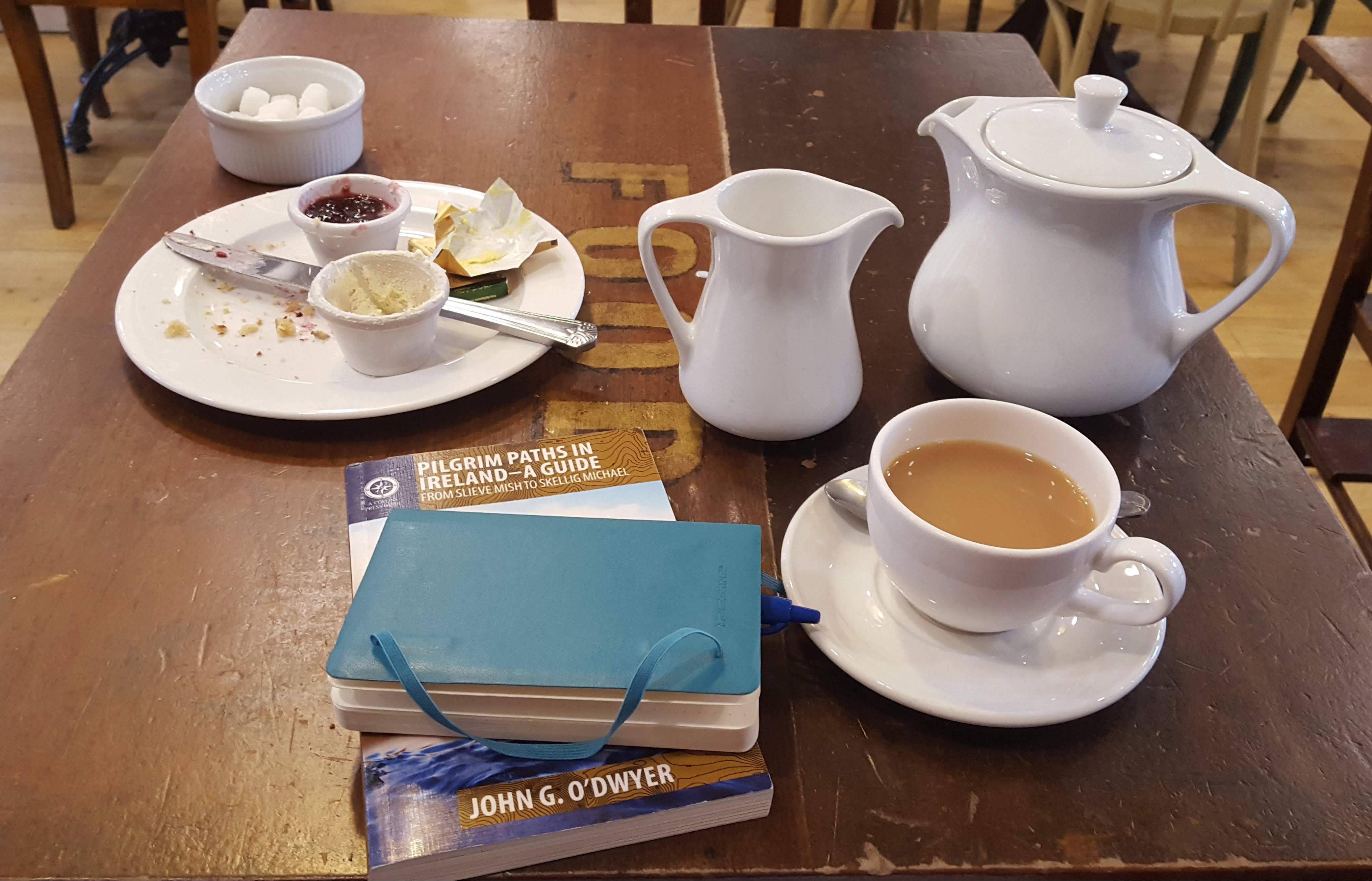
Just passing through. Coming, going. Never staying. You might imagine that to an avid traveler, this would seem normal, even ideal. It’s not. There’s always too much left undiscovered. Ruins with secrets beneath their stones. Paintings in museums that deserve at least another quarter hour of scrutiny. Stories to read, poems and songs worth committing to memory. So many people whom I’d like to know better.
It’s not enough to know how to travel well, or what to visit. I have reveled in Dingle on a Saturday night in fine weather, but I’m more curious to know what it’s like on a gray Monday morning when all the weekenders are gone back to Dublin. I want to know: Who lives here? What is life like here? How do they see the world? How do they remember the past? What do they want from the future? What has happened here? What has made this place the way it is, these people the way they are?
In Ireland for sure, the very soil holds a fathomless treasury. Fairy rings, prehistoric tombs and stone circles are just the beginning. Druidic megaliths are engraved with Celtic crosses and ancient springs become holy wells, then their surrounding trees are draped, encrusted with ribbons, rosaries and rags to symbolize myriad prayers.
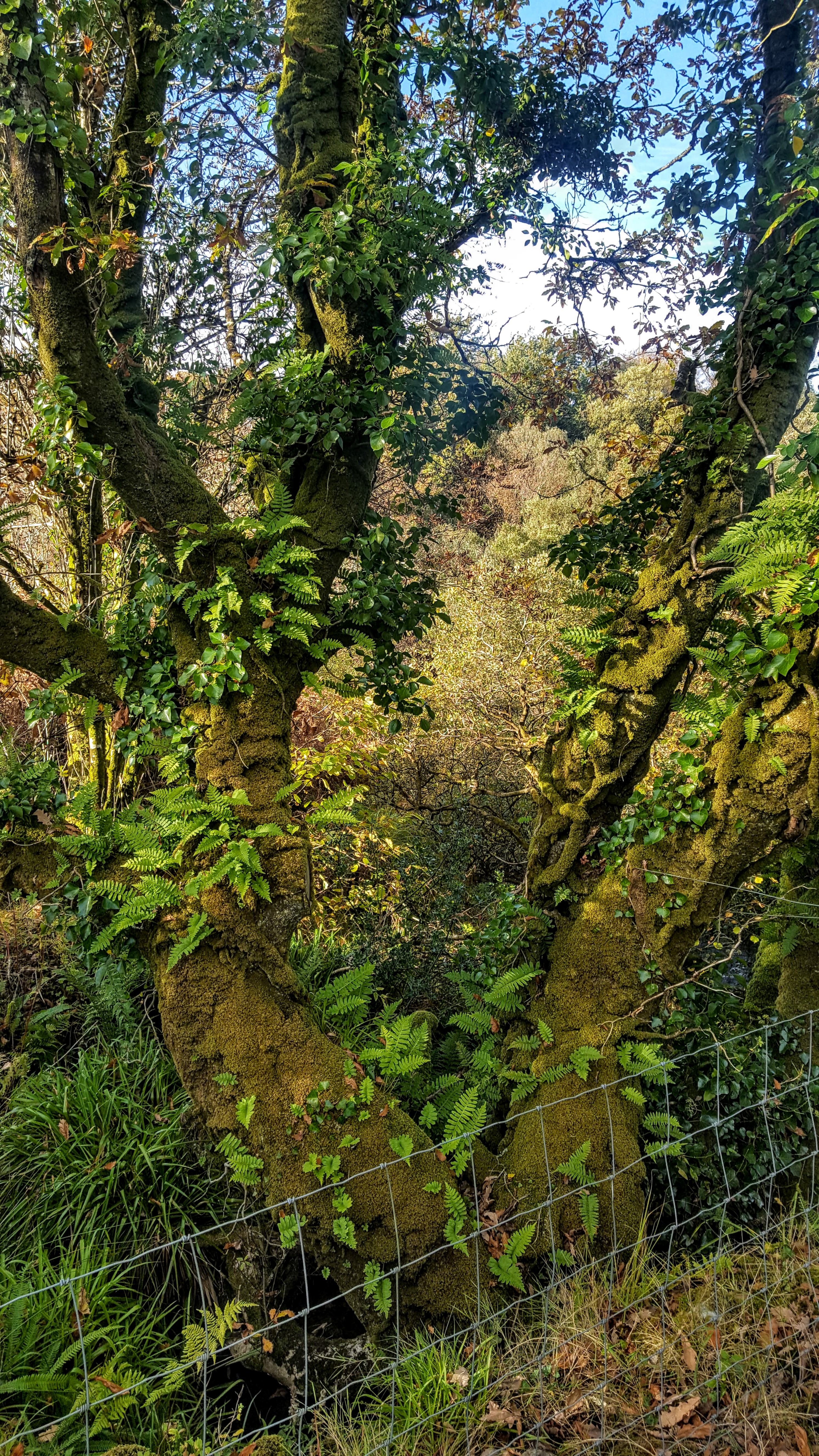
I’ve noticed that many living oak trees here are coated in a plush iridescent moss, from which little ferns sprout in profusion. Lives built upon lives built upon lives.
Old country lanes have been trod so long that they are sunken deep into the earth, bounded by steep mossy banks, in some places even hidden by thorny branches that intertwine overhead. These boreens may seem forgotten, but they are memory itself. Stories trickle and pool in the ruts, blood in the veins of this place that lives long, that pulses slowly on and on.
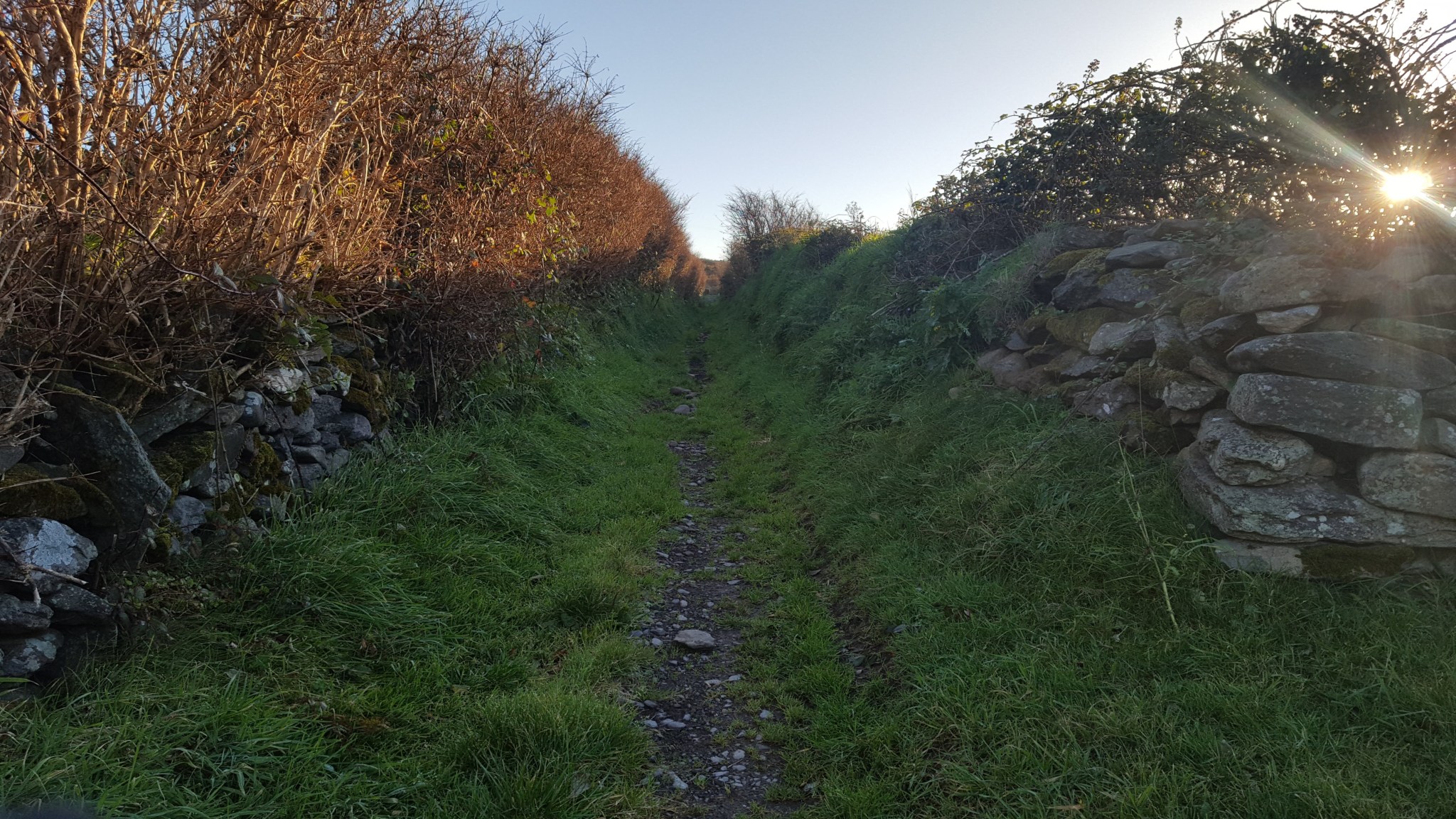
- Early morning on Cosán Na Naomh, (Saints’ Path) Dingle Peninsula, Co. Kerry
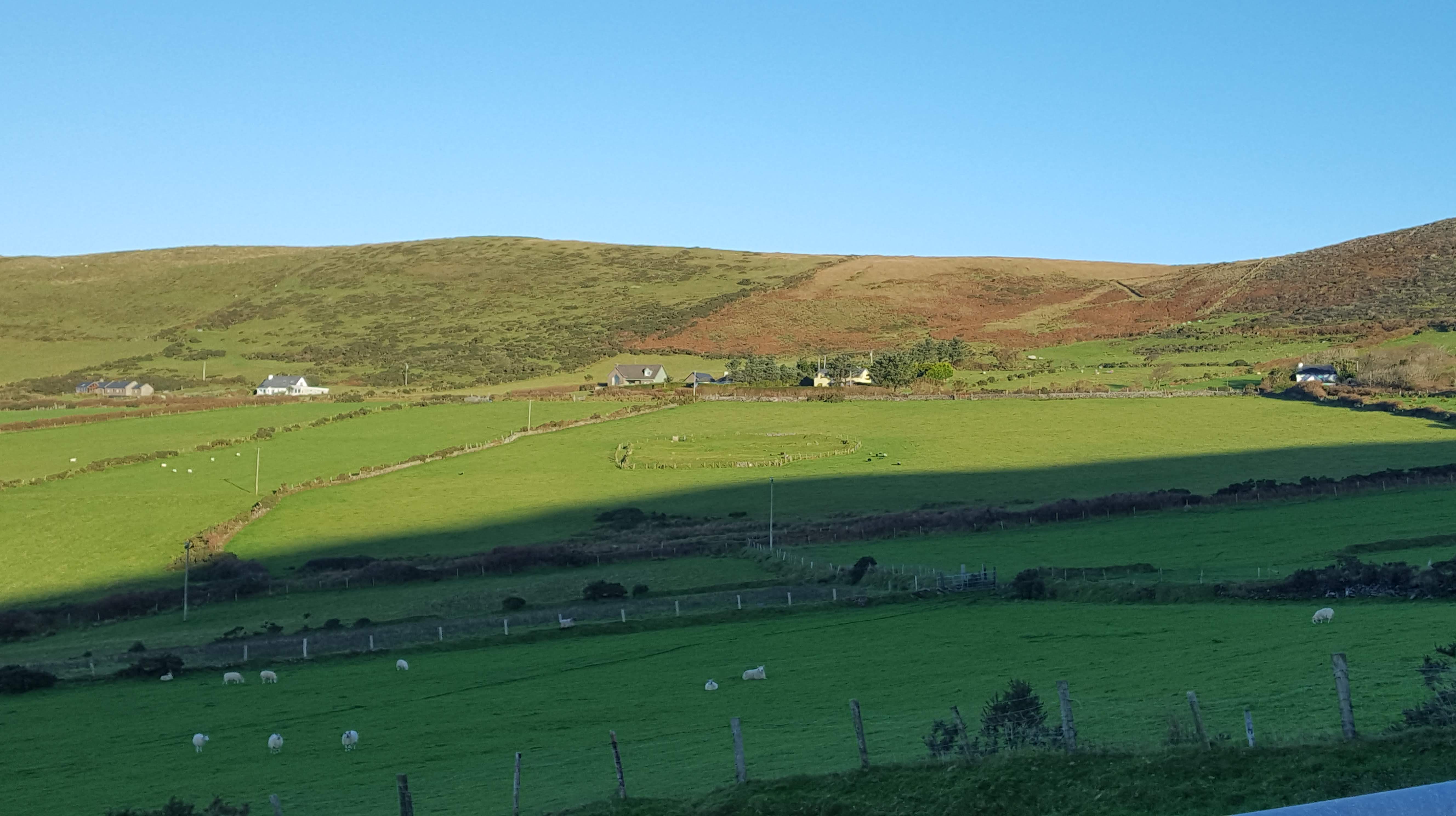
- In the middle-distance, the first rays of sunlight have just reached the ancient traces of a circular pre-celtic dwelling, or “fairy ring” in a sheep pasture. Even today, most farmers will not set foot in a fairy ring on their land.
Tourism barely scratches the surface of any destination, but it’s especially inadequate here, where every surface is so densely layered with history and meaning.
In case you haven’t noticed it yet, I have a peculiar affinity for good honest dirt. When I was very young, I experienced a major anti-shoe phase. In the warmer months, I often disobeyed my parents by trotting around barefoot. Summer rain storms pounded the dirt beneath my bedroom window into a warm silky mud, and I relished the sensation of it pressed between my toes. I liked to see how deep I could work my feet in. Still do, if truth be told. There’s no feeling quite like gardening barefoot in new-turned soil.
Weird? Absolutely.
Embarrassing? Slightly, but undeniable.
I was well into my twenties when I realized that most people wear shoes when tending their vegetable patches.
Now that I’m theoretically an adult rather than an errant child, let’s suppose this fascination is something beyond a merely tactile yearning. Maybe that barefoot, sole-to-soil feeling is my only satisfactory way to experience the world. Metaphorically, I mean. You know, like being down-to-earth, living close to the ground. To truly understand something about a place, I must look down at the sod. Sink in. Stretch some roots.
Anyone so fond of either good honest dirt or Ireland positively must appreciate the late, great Seamus Heaney. Because I am fumbling for words here, let’s lean on him, shall we? Ever since I read it as an adolescent, fragments of Heaney’s 1966 poem Digging, have been echoing around in my memory. The snippet below is merely a teaser. You must promise me you’ll click the link above and read the whole thing, okay?
In this poem, Seamus remembers with reverence his grandfather and his father cutting turf, turning soil, planting potatoes, digging. Turning to the here-and-now, he finds his own place in that earthy legacy.
But I’ve no spade to follow men like them.
Between my finger and my thumb
the squat pen rests.
I’ll dig with it.
(Seamus Heaney, “Digging” from Death of a Naturalist. Copyright 1966 by Seamus Heaney. Reprinted with the permission of Farrar, Straus & Giroux, LLC.)
In my experience, writing is a lot like digging for mythical treasure; there might be real gold buried in here, but I’ll have to move many layers of dirt to find it.
Thank you, dear friends and readers, for graciously bearing with all the dirt my pen digs up. Stay tuned for the gold!

- October cherry tree leaves at the Irish National Stud farm, Co. Kildare

Edited by Gloria Shim.


















